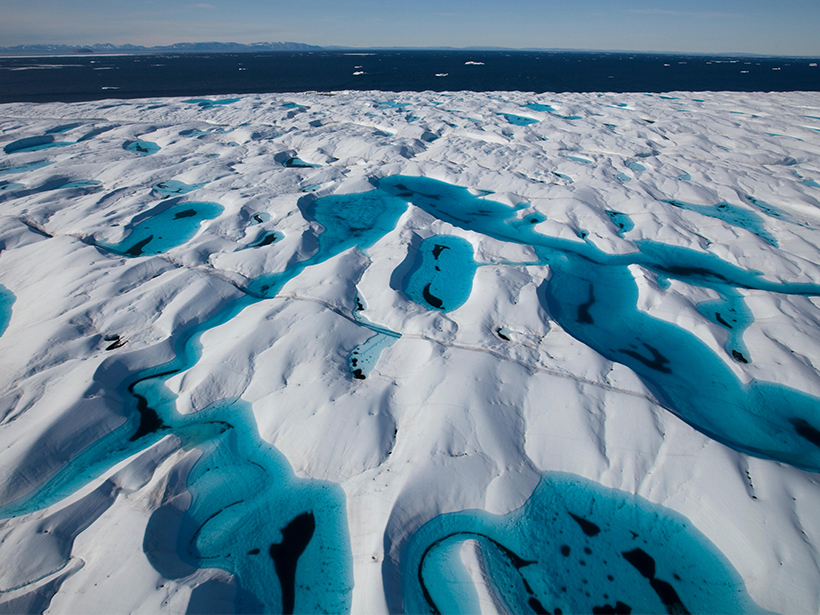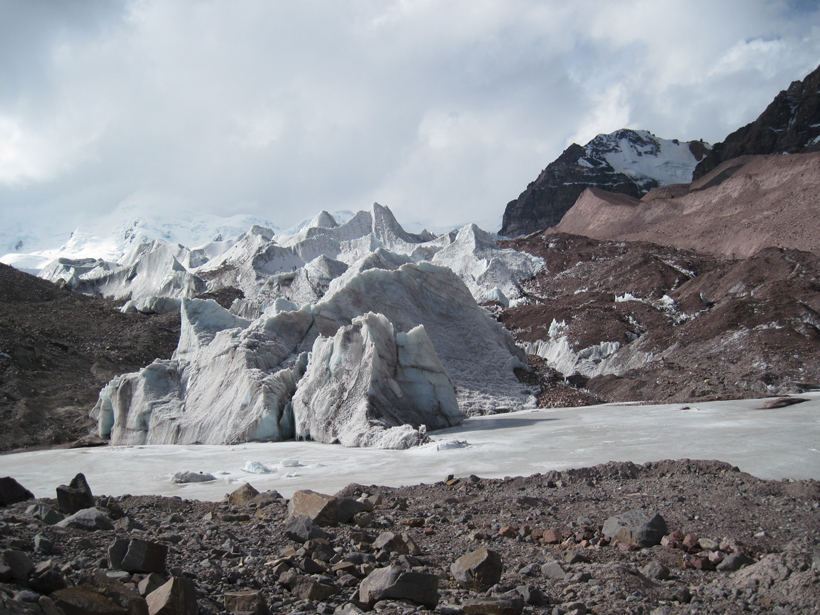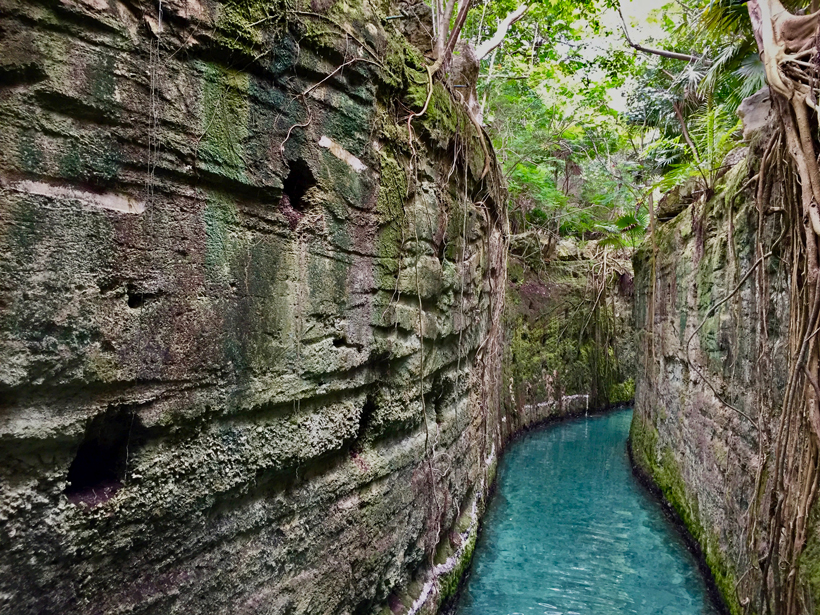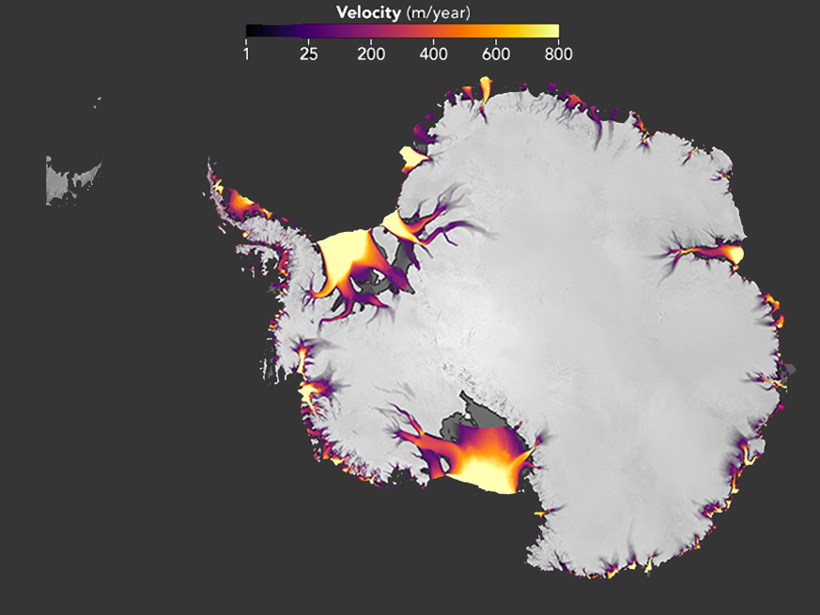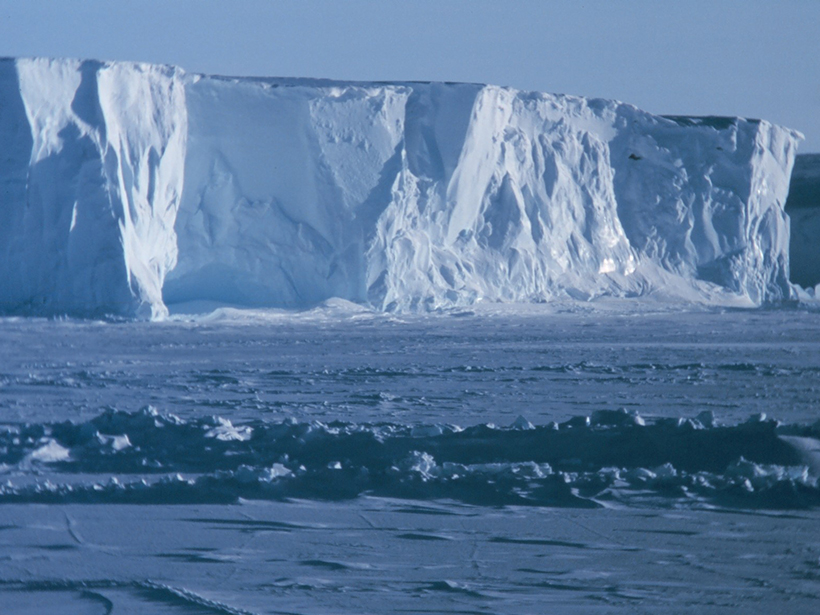The #GreatAntarcticClimateHack; La Jolla, California, 9–12 October 2017
glaciers & ice sheets
Rare Glacial River Drains Potentially Harmful Lakes
Antarctic lakes have contributed to ice shelf breakup in the past, but a glacier in Greenland appears safe from a similar fate, thanks to a river that drains away water.
After a Glacier Retreats, Plants Thrive Thanks to Phosphorus
Grasses, small flowers, and mosses colonize glacial till in the Peruvian Andes when researchers apply a phosphorus fertilizer, an ecological surprise with implications for carbon sequestration.
A Novel Way to Map Debris Thickness on Himalayan Glaciers
By combining changes in elevation with other data, scientists have developed a method for estimating the thickness of debris covering glaciers on whose water more than 800 million people depend.
Satellite Data Archives Reveal Unrecorded Himalayan Floods
Almost 30 years’ worth of Landsat observations created a comprehensive inventory of catastrophic floods caused by glacial lakes bursting through their rock dams.
Dynamic Ice Sheet and Sea Level Response to Past Climate Change
PALSEA2 Workshop; Playa del Carmen, Quintana Roo, Mexico, 6–9 November 2017
Evidence of Extensive Ice Deposits Near Mercury’s South Pole
New radar observations and refined illumination maps reveal uneven water ice deposits twice the size of those found around the planet’s north pole, suggesting the source may be a recent comet impact.
New Maps Highlight Antarctica’s Flowing Ice
The maps focus on surface ice velocity, showing how Antarctica’s frozen surface changed over a 7-year period.
Ocean Tides Affect Ice Loss from Large Polar Ice Sheets
A recent paper in Reviews of Geophysics discusses how ocean tides affect the motion of, and loss of ice from, the Antarctic and Greenland ice sheets.
Fresh Insights into What Protects Antarctica’s Ross Ice Shelf
Scientists bored 755 meters through Antarctic ice and found that a layer of extremely cold, fresh water insulates part of the Ross Ice Shelf against melting.


